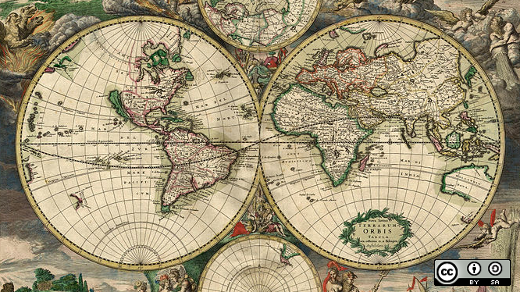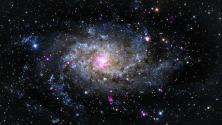Next week, FOSS4G North America is coming to Raleigh, NC. FOSS4G is a conference celebrating all of the ways that free and open source software are changing the world of geographic and geospatial information science (GIS).
These days, with ever-expanding technologies for collecting geographic data, sensor networks and the Internet of Things are driving larger and larger quantities of data that must be stored, processed, visualized, and interpreted. Practically every type of industry imaginable is increasing the types and quantities of geographic data they utilize. And the traditional closed source tools of the olden days can no longer keep up.
Many of the applications of geographic tools are scientific in nature, from biology to oceanography to geology to climatology. Here are seven applications for geographic science that I'm excited about hearing talks on next week.
-
Long before Europeans 'discovered' the Americas, vast civilizations were building complex structures to support cultural and everyday life. Open data and open source software are being used to uncover the ancient mound builders' constructions at many archaeological sites.
-
Getting aerial photography and other data from high above the planet doesn't have to be expensive. Learn how balloons, kites, and poles can be used as low cost ways to get the data you need.
-
One of the most critical keys to the protection of endangered and threatened species is the identification and protection of crucial habitat areas. Marine protected and managed areas rely on open data and open source tools to promote awareness, compliance, and enforcement.
-
What happens when your area of study is way up north? As in, above the Arctic Circle? Turns out, traditional web mapping tools that simply cut off planet at a certain point, or distort it to the point of having little relation to real-live geography, isn't going to work. Learn how Arctic Web Maps (AWM) and PolarMap.js can be used to map these far reaches of the planet.
-
Maps help us understand how things in the world relate to one another, and are a critical component of many different aspects of education. Learn how educators are using MapStory.org to advance the teaching of history in the classroom.
-
One of the areas where every one of sees a map nearly every day is in our local weather forecasts. Weather instruments, including radar, generate huge amounts of data that can be difficult to process using traditional methods. Learn how containers in the cloud can be used to process weather data.
-
The destruction of tropical rainforests is still a difficult problem to combat, particularly when the areas of concern are vast, and the terrain is poorly known. See how the Humanitarian OpenStreetMap team (HOT) is using OpenStreetMap to crowdsource the detection of logging roads in high-risk areas.
Check out the full agenda here, and let us know if there are any talks that sound particularly interesting to you!







Comments are closed.